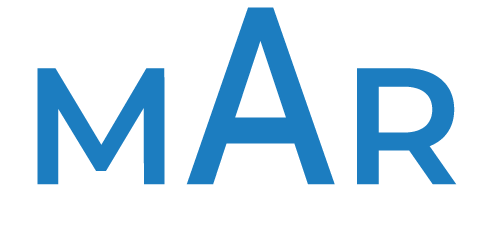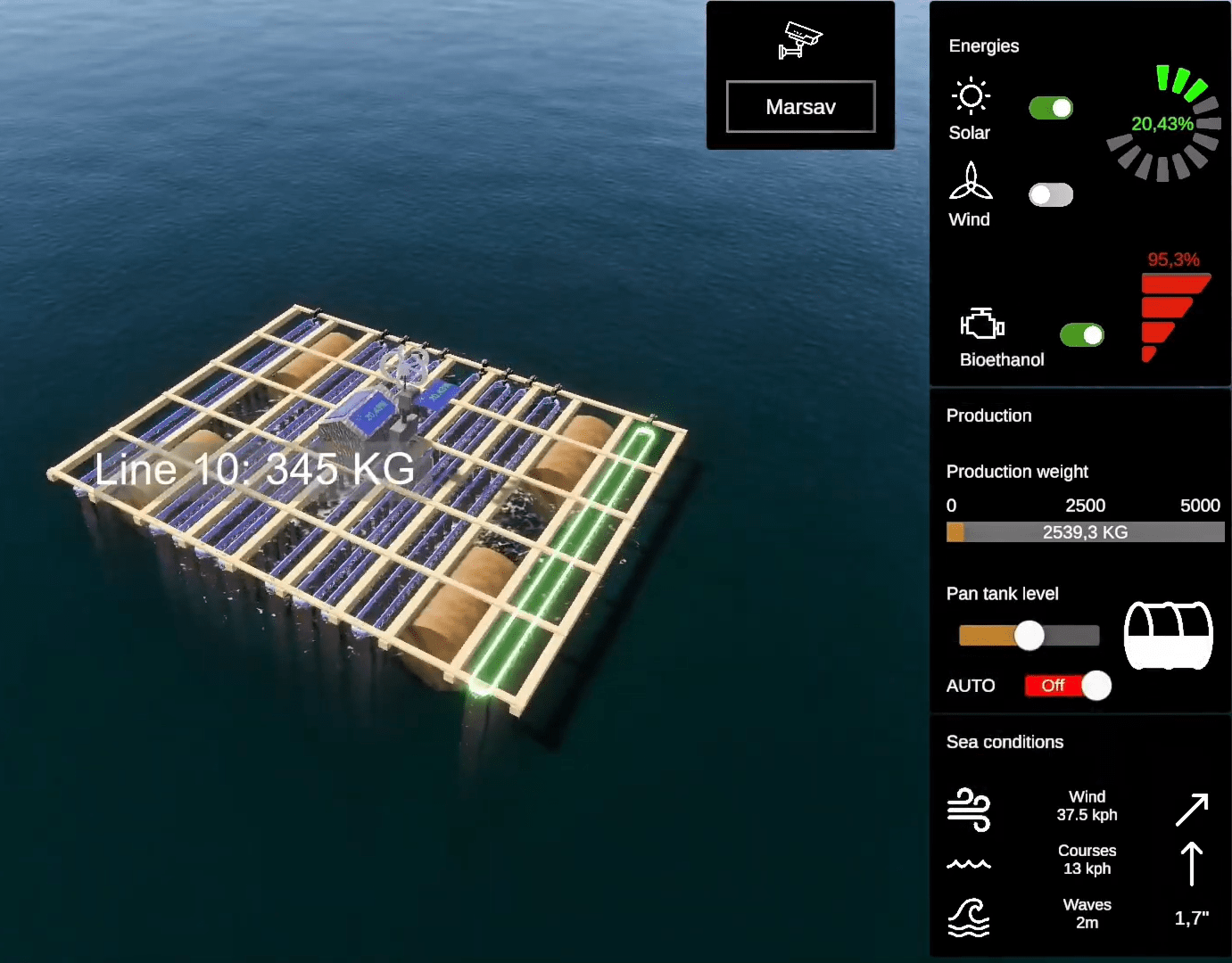According to the Xunta, Galicia is positioned as the second world power in mussel production, only surpassed by China, with an annual production that exceeds 250,000 tons, representing 40% of European production.
Since the mid-twentieth century, the cultivation of this bivalve mollusc has been carried out in the Galician estuaries, mainly in Arousa, using floating structures called bateas. These rafts, anchored to the seabed, hold a series of ropes where the mollusks attach and grow.
It takes about a year for mussels grown on these rafts to reach marketable size, during which time their development requires constant monitoring through frequent visits to the rafts. It is important to note that the growth of mussels varies along the ropes, and it has been documented that specimens located on the outside feed to a greater extent than those on the inside, resulting in uneven growth.
With the aim of optimising the exploitation of this bivalve and promoting a more sustainable activity, MAR Technologies 5.0 has developed the MAR SPAN project. This project is one of the main components of the TECNAVAL 2025 initiative, coordinated by Soermar.
MAR SPAN proposes an innovative solution to improve mussel farming, through the construction of a pilot raft equipped with an advanced automation, sensorization and virtualization system, powered by renewable energies. In addition, an interactive virtual twin is implemented that allows visualization and interaction with the pan throughout the reproductive cycle.
The project integrates physical and digital infrastructure, automating the rafts and installing a motorized line system for the rotation of the ropes. This movement of the strings ensures uniform exposure of all mollusks to phytoplankton, ensuring homogeneous growth.
The system is complemented by advanced sensors that record the weight and monitor the development of each rope, along with additional sensors that measure various water quality parameters in real time, allowing data cross-referencing for more informed decision-making.
In parallel, an interactive virtual twin replicates the conditions of the pan in real time, making it easier for operators to monitor parameters from any location, thus eliminating the need to travel to the platform and reducing both polluting gas emissions and operating costs.
The MAR SPAN project focuses on four main objectives:
Growth Optimization: Achieved by automated rope movement for uniform exposure to phytoplankton, reduction of the reproductive cycle by 15% to 25%, and homogeneity in mussel size, optimizing production.
-
- Automated rope movement for uniform exposure to phytoplankton.
- Reduction of the reproductive cycle between 15% and 25%.
- Homogeneity in the size of the mussels, optimizing production.
Advanced Remote Monitoring: Achieved through sensorization to track the weight and condition of the ropes, the identification of the optimal harvesting time using artificial intelligence (AI) algorithms, and the automation of movements based on growth patterns.
-
- Sensorization to track the weight and condition of the ropes.
- Identification of the optimal harvesting time using artificial intelligence (AI) algorithms.
- Automation of movements based on growth patterns.
Reducing Environmental Impact: Achieved through a 70% reduction in monitoring trips, which minimises CO2, SOx, NOx and volatile particulate emissions, and remote management of the sinking of the rafts using energy-efficient pumps.
-
- 70% reduction in supervision trips, minimizing CO2, SOx, NOx and volatile particulate emissions.
- Remote management of the sinking of the rafts by means of low-consumption pumps.
Increased Security and Control: Obtained through real-time alerts for events such as breakages, thefts or weather incidents, and the constant supervision of all crop lines through video surveillance and virtualization systems.
-
- Real-time alerts for events such as breakages, theft, or weather incidents.
- Constant monitoring of all crop lines using video surveillance and virtualization systems.
MAR SPAN is expected to generate a positive impact in the economic, environmental and operational spheres. In economic terms, a productivity increase of between 20% and 45% is expected, depending on the location of the raft, a reduction in costs and a return on investment within one to two years.
On the environmental level, a considerable decrease in polluting emissions is anticipated. Operationally, greater uniformity in mussel size and less reliance on physical supervision will be achieved.
From a technical point of view, the system consists of an automated structure (which includes 10 low-consumption motors per raft, stainless steel profiles for installation in new or existing rafts, and control house), advanced sensorization (with constant monitoring of energy systems, automation, sea conditions and buoyancy, and AI algorithms), a digital platform (interactive virtual twin with real-time alarms and notifications, and smart vision system), and renewable energies (autonomous system that integrates wind and solar technologies and a bioethanol backup group).
Currently, the MAR SPAN project is in a pilot phase covering the design, implementation and evaluation of an automated raft. This pilot model will allow for technical and economic feasibility analysis, quantification of productivity improvements and environmental savings, and documentation of results to facilitate replication of the solution on a larger scale.
The technological optimization proposed by MAR SPAN could also boost innovation in other areas of aquaculture and marine development.
In short, MAR SPAN represents a transformation in mussel farming, combining cutting-edge technology and sustainability. Through automation, sensorization and the use of renewable energies, this project proposes a scalable model for more efficient and environmentally friendly aquaculture.
Key Innovations of the SPAN MAR System:
-
- Rope rotation system to ensure optimal feeding conditions.
- Virtualization of the trough with sensorization and complete interaction to optimize the feeding process.
- Intelligent interactive video surveillance system.
- Automatic and controlled sinking system of the rafts, adapted to the sea conditions in real time.
- AI algorithms for automated management of daily rope movement, based on phytoplankton input and weight control, to analyze trends and simulate yields.
- Use of renewable energies (wind, solar, wave and bioethanol as backup) for autonomous operation.
- Complete and interactive virtualization of the raft, accessible through devices such as PC, tablet or smartphone.

